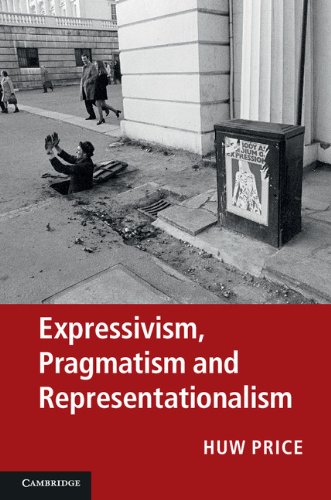Also called representativism or representative theories of perception, memory, thinking, and so on. Any theory holding that these activities (perception is usually meant) involve the existence of mental objects (such as images or ‘sense-data’) which facilitate the activity by representing the external object.
We may be said to perceive the representative instead of perceiving the object (which is then inferred to exist – but on what grounds?); or to perceive the object indirectly by perceiving the representative directly (but what do ‘directly’ and ‘indirectly’ amount to?)
A representative theory of memory may say we have an image which represents the past event (but how can we know it does?), as against saying we are somehow in direct contact with the past (despite its no longer existing).
Representatives, therefore, which also are not always easy to find, may end up as barriers rather than bridges to what they are supposed to represent.
Source:
D W Hamlyn, Sensation and Perception (1961)
Table of Contents
Last update 2020-06-17. Price and product availability may change.








